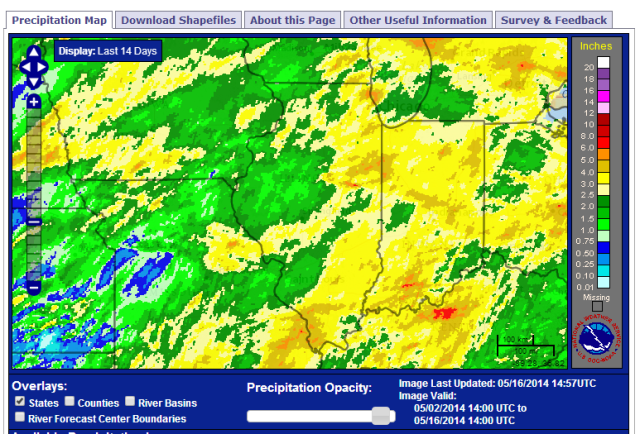The NOAA Climate Prediction Center released their monthly outlook for September and 3-month outlooks for September and beyond. At this time, they are not expecting a repeat of last winter for Illinois.
According to them, the chance of El Niño has decreased to about 65% during the Northern Hemisphere fall and early winter. If it does show up, it is expected to a moderate to weak event. As a result, the impacts on the US and the Midwest will likely be modest at best.
September and FALL
For both September and this fall, there is an equal chance (EC) of above, below, near-average temperature and precipitation (4-panel figure below) for Illinois. The north-central US is not expected to have below-average temperatures, like it has experienced this summer. This may give crops in those areas a better chance of reaching maturity this fall.
It does look like temperatures are expected to stay above-average on the West and East Coast, as well as Alaska. Wetter-than-average conditions are expected to prevail in the southwest US, and expand into the Plains and parts of Iowa and Missouri later in the fall.
WINTER (December-February)
For Illinois, the current forecast is for equal chances of above, below, and near-average temperatures. Or to put it another way, they see no sign of a repeat of last winter. And they are expecting below-average precipitation in Illinois and across the Great Lakes region. It is still early in the year to lock in on this forecast so I would not cancel orders for snow blowers or salt deliveries just yet.










